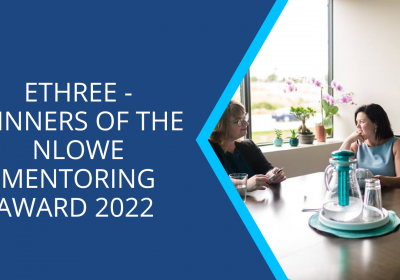
1. Upweight the input and limit the table
You want multiple varied perspectives when you develop a strategic plan, but we sometimes make the mistake of thinking that all those people need to be around the table. The more diverse the views, the better your overall plan will be, but too many voices can make it challenging to get alignment. It’s possible, but often not within the time frames clients have (e.g. we can get everyone together for a day and a half). Our view is if you can’t get oodles of time for people to get together, get oodles of input instead. Spend the energy up front on interviews, focus groups and surveys to get diverse perspectives, but then limit the group who will build the plan. I like 6-8 but recognize that is a hard number to get down to, so aim for 10 people or less!
2. Design for diversity of thinking.
Different people think differently. I’ve worked with lots of teams that can get around a table and brainstorm on the spot, but that is far from everyone’s preference. For the best outcome, develop your process and activities to appeal to different ways of thinking. Provide input and materials up front, include group discussions and small group activities to help people participate fully. Include creative activities that help people to think differently and come up with new ideas. Provide space for reflection within the sessions you run, and let people ‘sleep on it’. A good plan is not built in a day, but in pieces with time in between to ponder and reflect.
3. Summarize often and be repetitive on themes
We often get feedback about how good (clear and quick) we are at synthesizing the conversation and pulling out themes. I’d love to say that was magic! Essentially it’s about facilitation and listening skills. It can be hard to contribute and facilitate at the same time, especially for something as complex as strategy. Using a separate facility can help but if you cant, or don’t want to, then make sure you stop often and recap. Strategic planning conversations can wander all over the place, using the visual tools (wipe boards, flip charts, post its) can help track a conversation. Taking regular breaks to review those visual notes and coalesce themes helps keep the conversation focussed. Being repetitive on the emerging themes ensures ongoing alignment of the group so you continue to build, not revisit topics.
So those were my ‘off the top of my head’ tips! We’ve helped many organizations determine their mission, vision, values, and strategic plan. We also run a strategic planning program called Align, aimed at small businesses that want a practical strategic plan. Think we can help you or want to get more tips to help you running your strategic planning session? Get in touch



